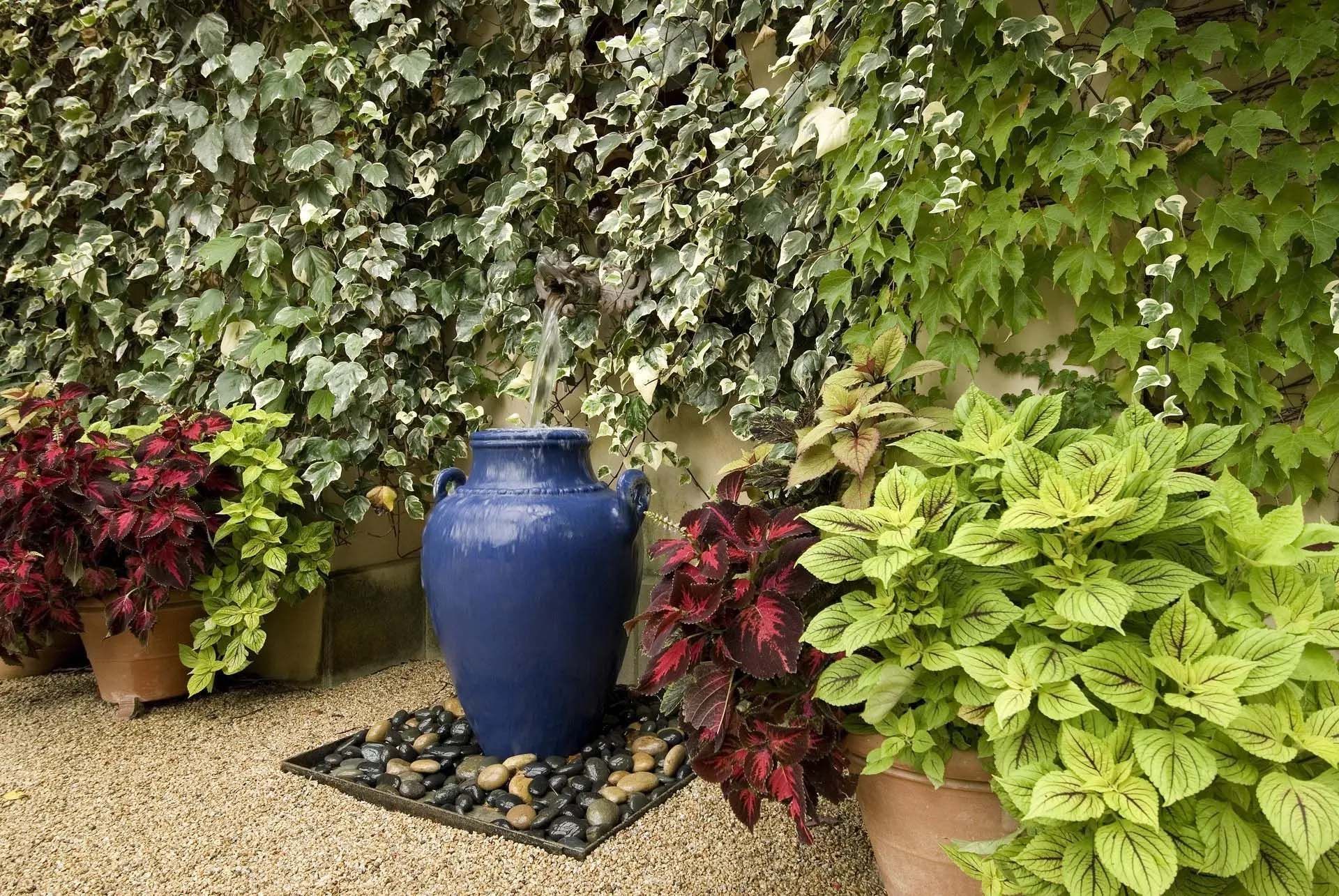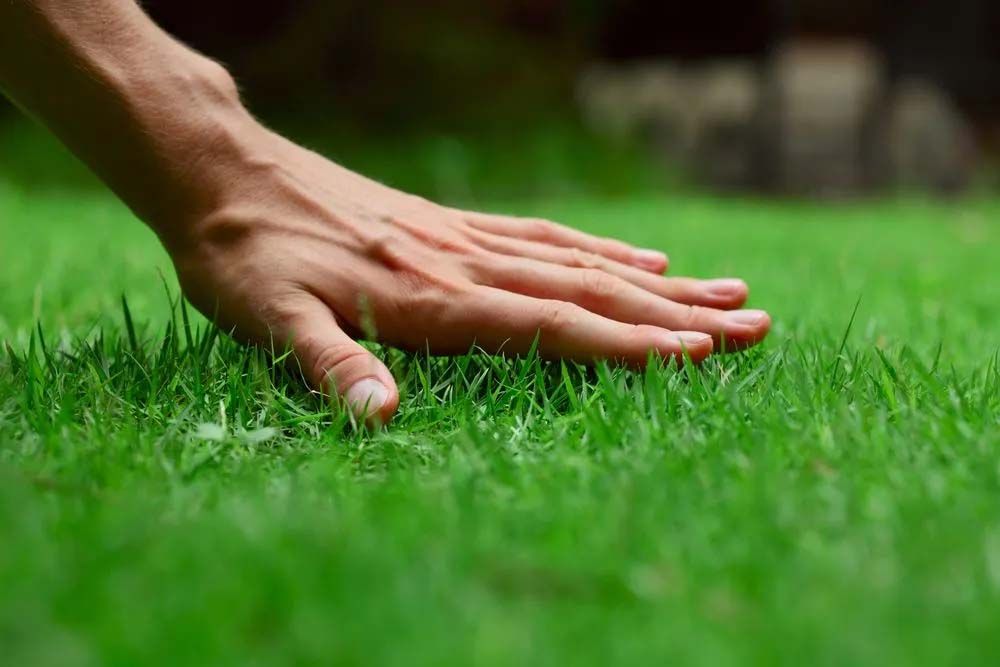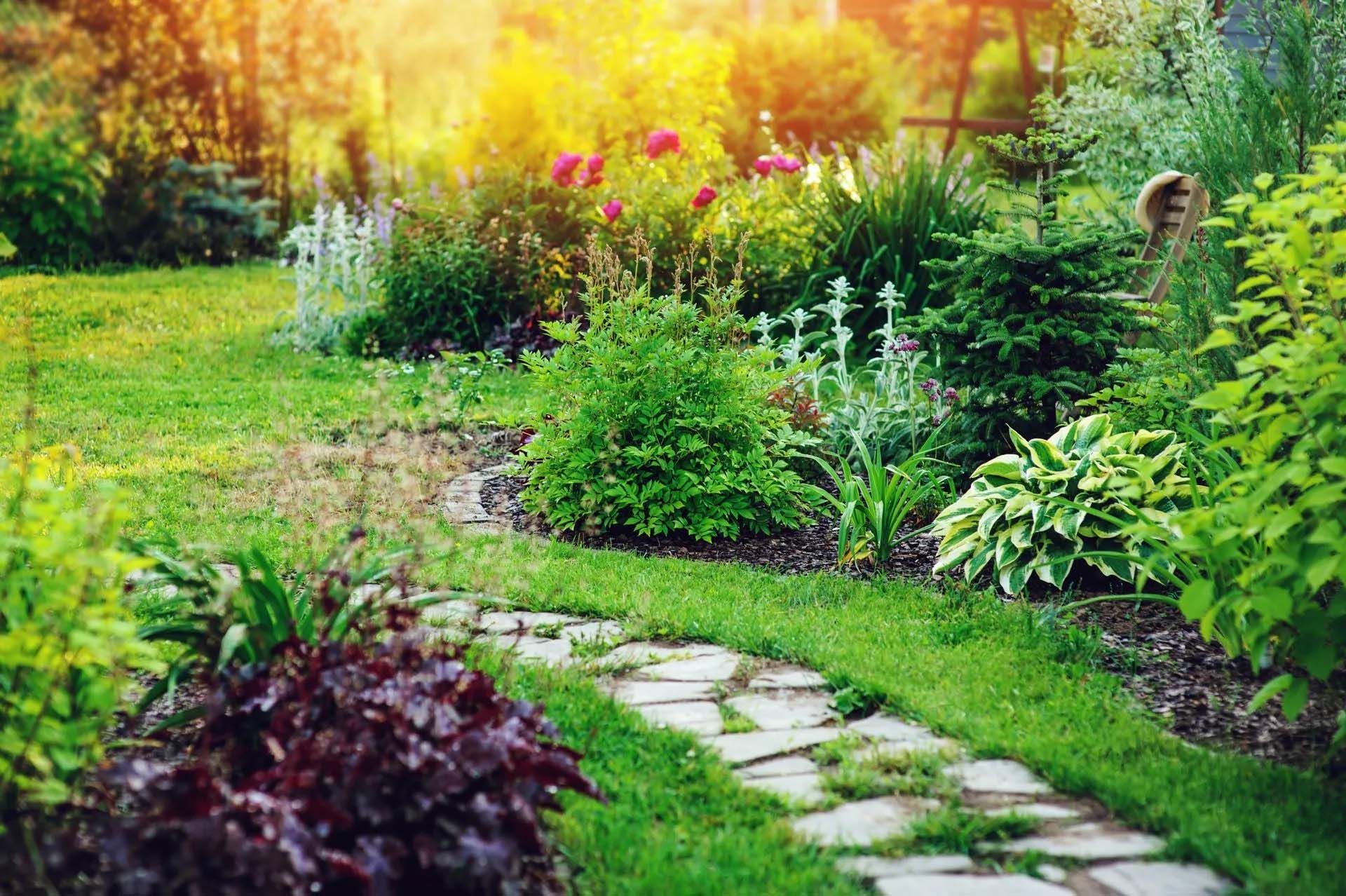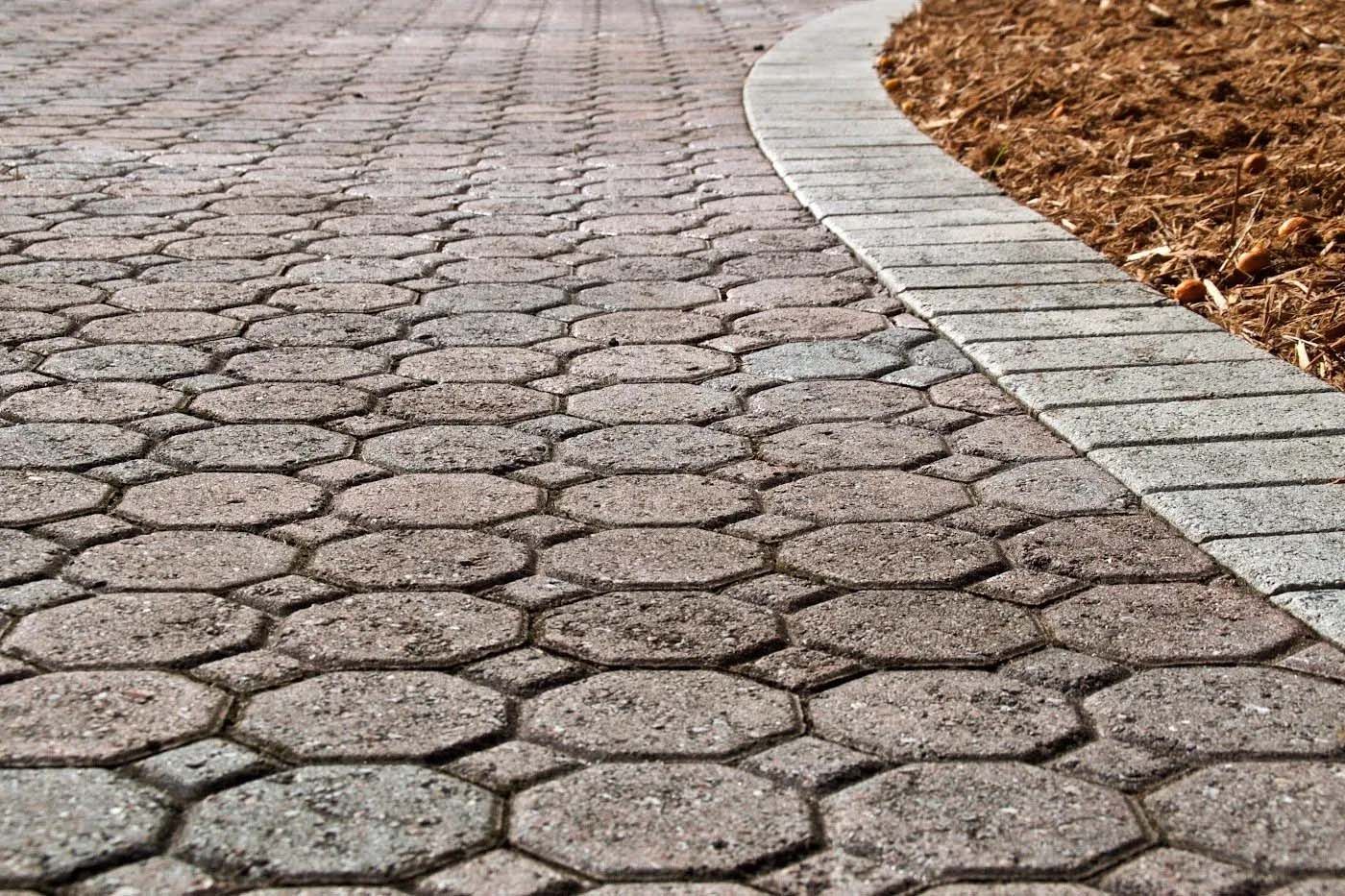Combating Common Grass Problems
Combating Common Grass Problems

A lush, verdant lawn is the dream of many homeowners. It not only beautifies the property but also creates a serene space for relaxation. However, attaining and maintaining a pristine lawn isn't always a walk in the park. Various challenges, ranging from pests to unfavorable weather conditions, can make your green carpet look less than appealing.
But don't fret! Learn what you need to know about some common grass problems and how to combat them to revive your lawn.
Pesky Pests
Lawn pests can range from insects like grubs and chinch bugs to larger nuisances like moles. These creatures can cause extensive damage to your lawn by eating grass roots or creating unsightly tunnels. To combat this:
- Regularly inspect your lawn for any signs of pest infestations. This includes brown patches, thinning grass, or visible insects.
- Use natural predators. Birds and certain insects can help keep the pest population under control.
- If the infestation is severe, consider eco-friendly pesticides, but always follow the manufacturer's instructions closely.
Drought and Watering Woes
Water is essential for a thriving lawn, but too much or too little can spell disaster. Drought can cause grass to become dry and brittle, while overwatering can lead to fungal diseases.
- To address drought, water your lawn early in the morning or late in the evening when the sun's intensity is low. This minimizes evaporation and allows the grass to absorb moisture.
- On the flip side, avoid overwatering. It's better to water deeply and less frequently than to give your lawn shallow, daily sprinklings. This encourages deeper root growth and resilience against drought.
Unfriendly Fungi
Fungal diseases, such as brown patch or dollar spot, can make your lawn look patchy and unhealthy. These issues often arise due to overwatering, poor air circulation, or a buildup of thatch.
- Ensure that your lawn is aerated regularly. This process creates small holes in the soil, allowing for better air circulation and water penetration.
- Remove or reduce thatch—a layer of dead grass and roots that can accumulate on the soil surface. This can be done using a specialized rake or through a professional dethatching service.
Soil Struggles, Compaction, and pH Imbalances
Soil health directly impacts the health of your grass. Compacted soil makes it challenging for roots to grow, while an imbalanced pH can hinder nutrient absorption.
- To combat soil compaction, consider aerating your lawn. This will loosen the soil, promoting better root growth.
- Test your soil's pH level. If it's too acidic or alkaline, you might need to amend it. Lime can help raise the soil's pH level, while sulfur can help lower it.
Weeds and Unwanted Plants
Weeds compete with grass for essential nutrients and can quickly overrun a lawn if not controlled.
- Regular mowing can help keep many weeds at bay, as can hand-pulling.
- If your lawn has a severe weed problem, consider applying an herbicide. However, always choose a product safe for the grass variety you have and follow application guidelines.
Seasonal Stresses
Each season presents its unique stressors for lawns. Understanding these can guide timely interventions to keep your turf thriving.
- Spring is the time to monitor for pests, start regular mowing, and use herbicides.
- Summer can cause dehydration and sun damage. Ensure deep, regular watering to combat this problem, as well as use slow-release fertilizers.
- Fall is the time for rejuvenation and winter prep. Aerate your lawn and overseed patchy areas.
While lawn care challenges can be daunting, they aren't insurmountable. With regular maintenance, timely interventions, and a bit of patience, you can combat common grass problems and ensure your lawn remains a source of pride and joy. Contact Morlock Landscape & Design to get help maintaining your lawn during the year.









